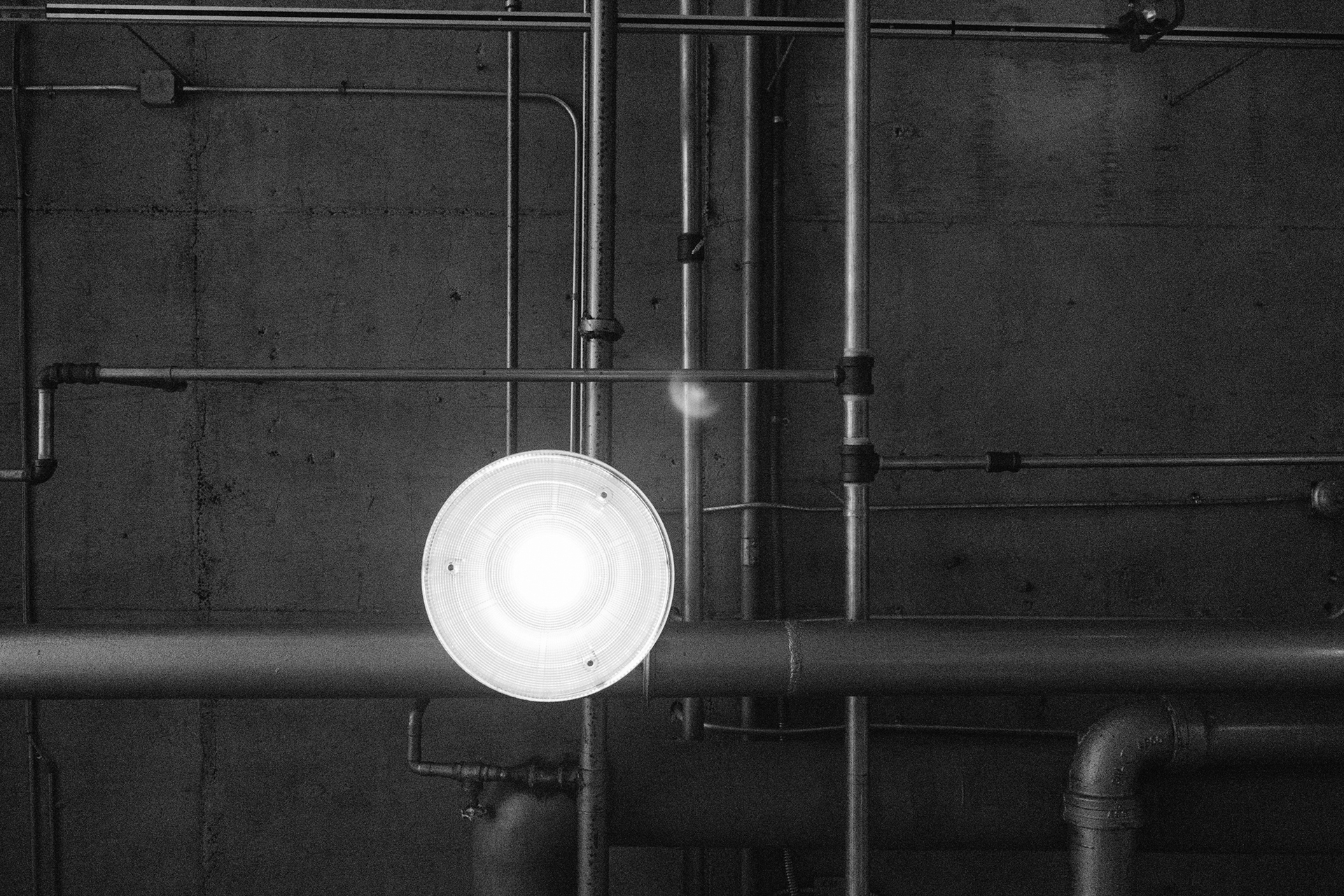Old buildings have a lot of problems, and even though they make charming business centers, hidden issues like old pipes can threaten the value of your business. The nature of interior plumbing makes traditional replacement methods even more costly than usual. In these circumstances, CIPP is the most cost-efficient option.
Leaks Are a Matter of Time
All building materials degrade over time and those that see constant use and abuse, like pipes, age faster than most other interior features. Efficient businesses need every inch of space they can get, and a pool of water from a leaking pipe will almost inevitably claim casualties. If you’re lucky, you will only lose a box of paper. If the leak happens in a tight office near computers, printers, or around merchandise, however, the expenses will mount quickly. Storefronts have to lose revenue as they close at least part of their sales space for repairs, and offices must lose time and money as they reshuffle floor plans. Relining old pipes before something tragic happens can save you quite a lot.
Challenges of Vertical Pipes
Vertical pipes are laid out in much more intricate patterns than the majority of pipelines under yards and streets. They link every faucet, drain, and shower. The older your building is, and by extension, your pipes, the more original the layout will probably be. Digging into old walls full of delicate electric lines, gas lines, and other interior work creates a very high risk of substantial collateral damage. Unless you are lucky enough to have blueprints that include not only original, but altered details, you are unlikely to escape traditional pipe repair methods without incurring further expenses.
Stacks, which are vertical pipes that run through the foundation and roof, are especially difficult to repair. Traditional methods could require damage to multiple parts of your building. This puts the structure of your building itself at risk. Since they pass through the entire building, you’re also looking at tremendous damage to the walls on each and every floor. Costs can and will mount up quickly, even if everything goes according to plan, which any pipe repair specialist will tell you, is rare.
Rather than digging into your business, CIPP replaces your pipes from the inside. Vertical relining saves businesses a lot of risk, mess, and money. Best of all, vertical relining does not present a risk to the structural security of your building.
Old Pipes Require TLC
Even if you aren’t concerned with vertical relining, there are other reasons to consider CIPP for indoor pipe repair and replacement. Just like the old clay and cast-iron pipes outside, old pipes in the walls are made of a variety of outdated materials. Age makes them fragile, and breaks and leaks should be expected under normal circumstances. This makes repairs difficult, and you may find yourself paying for all new pipes, even if you only planned to pay for a small section. CIPP essentially replaces your pipes through relining, which doesn’t put the same pressures and stresses on attached pipes.
Old pipes are a business hazard. Relining before they create problems, saves money with only minor inconveniences. Relining, even after an accident strikes, is still vastly more business friendly than the demolishing habits of traditional pipe repair.
